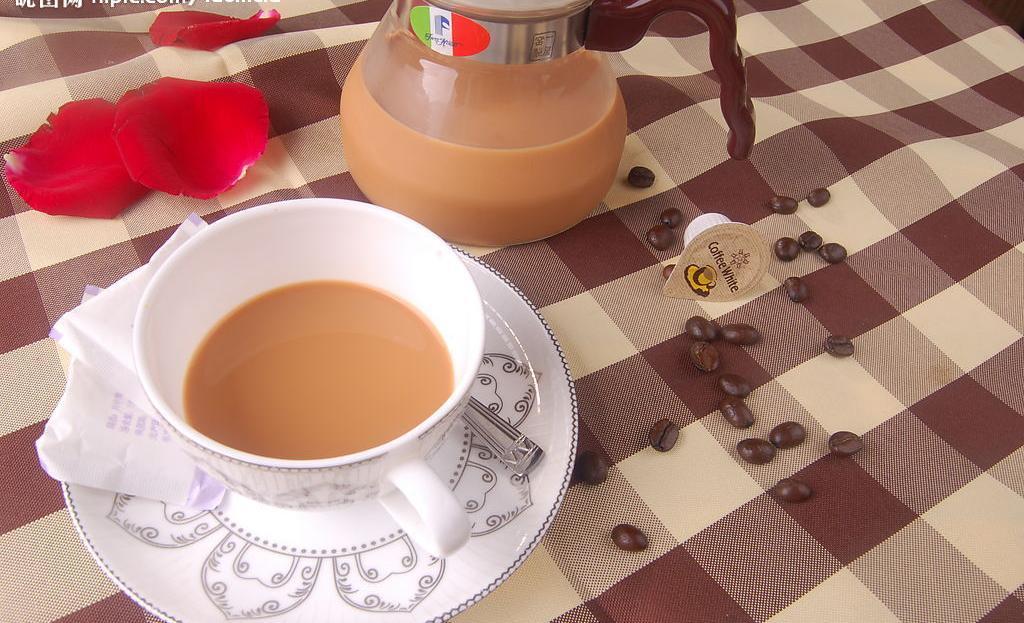Starbucks' Rapid expansion Model remains to be tested: it is doubtful whether third-and fourth-tier cities can accept it.
At present, domestic consumers' concept of coffee consumption is taking shape, and some people in the industry believe that the coffee market is also expected to exceed 1 billion yuan. At the same time, consumers' concept of coffee consumption is changing from instant coffee to store consumption or instant coffee consumption. therefore, chain coffee stores and ready-to-drink coffee beverages or the mainstream areas of the domestic coffee market in the future, these two areas are also the focus of investors, especially chain coffee stores.
As far as chain coffee is concerned, it is almost the same as the development model and competitive elements of chain catering brands, that is, the number of stores is the forerunner. The number of stores is directly related to the ability of the brand to capture consumers, but also the publicity carrier of the brand, with both sales and marketing functions. It also makes sense for Starbucks to choose to increase its stores to cope with the increasing competition in the industry. However, Starbucks is not alone in choosing to increase its store strategy. McCoffee, Caffebene and Pacific all have plans to expand their stores.
It is undeniable that Starbucks has an advantage in the brand influence and market base of the domestic coffee market, but due to the increase in the number of entrants, Starbucks needs further action to maintain its position.
In this regard, Starbucks China has publicly stated that Starbucks is ready for supply chain, quality control, service and other aspects. At the same time, Starbucks can not compete for the market plan on the expansion of stores, improve brand culture and other soft service capabilities are also on the agenda.
Starbucks Asia Pacific CEO John Cluver pointed out that in the process of entering more cities in China, a lot of efforts will be made to make local consumers feel that the Starbucks brand is positive. "although we are expanding rapidly, we are very cautious in every step we take, and we will do a lot of work to ensure our services, such as spending more time on staff development."
At the same time, because domestic consumers' cognitive ability of coffee is constantly improving, they not only need a cup of delicious coffee, but also need a high-recognition coffee brand, comfortable store environment and good service ability. It is reported that the expansion of stores is only part of Starbucks' expanded layout, and its products and models are constantly innovating. In addition to entering the online field, it also plans to bring its Teavana tea brand to China.
Mode to be tested
Although the Chinese market is full of confidence in the future, there are still worries about its rapid expansion.
An industry insider who has long watched Starbucks said that although considerable achievements have been made in capturing consumer psychology through high-end consumption in first-and second-tier cities, as Starbucks sinks to the development of third-and fourth-tier cities, this expansion way of relying on consumer psychology may lay hidden dangers for future development.
There is no denying that Starbucks' business model has advantages-its distinctive American cultural experience to consumers is also attractive, and internal and external control management is in place, which is undoubtedly the key to its success in the Chinese market. However, while this model is acceptable to consumers in first-and second-tier cities, with Starbucks' rapid expansion, it is also a big question whether third-and fourth-tier cities can accept it.

Important Notice :
前街咖啡 FrontStreet Coffee has moved to new addredd:
FrontStreet Coffee Address: 315,Donghua East Road,GuangZhou
Tel:020 38364473
- Prev

Is it legal for Wheelys Cafe to enter the Chinese market? can I apply for a business license?
Similar to the BlueBottle previously reported by 36 krypton, WheelysCaf is also a brand of Silicon Valley coffee. But unlike BlueBottle, which takes the boutique route from product to store design, WheelysCaf carries cars that have been modified and function.
- Next

Why are Starbucks, COSTA and other coffee shops scrambling to open stores in shopping malls?
The rapid expansion of coffee shops should be accompanied by differentiated operations, especially when they exist in the same shopping mall. With the continuous improvement of domestic consumers' cognitive ability of coffee, the requirements of coffee shops are no longer limited to the quality of coffee, they need high-recognition coffee brands, comfortable storefront environment and good service ability. Whether it is to determine the theme or optimize the store environment
Related
- Being chased out of the rain in front of Starbucks?! Store: Sheltering from rain under umbrellas poses a safety hazard
- The white moonlight has changed?! Lucky launches "Big Winter Pear American"
- Hand-brewed coffee three-stage method, high-sweet and universal brewing method to share! What does the high sweet water level of hand-brewed coffee mean?
- What is the difference between raw, refined and full espresso coffee? How to extract espresso and taste good?
- A complete list of coffee bean names and their meanings! What is Yejia Shefi coffee? Where is Mantelin coffee?
- What grade does Arida Manor Kaduai coffee beans belong to? What treatment is Arida ASD slow anaerobic sun exposure?
- The milk tea cup becomes smaller?! Overlord Tea Girl launches a new "Return to Yunnan" series
- Accused of selling counterfeit and high-priced coffee beans! Well-known boutique coffee brand "Oukelao" bowed and apologized!
- How to make espresso dumplings? Can I eat coffee and glutinous rice balls together?
- Save the unformed and stagnant powder cakes in one second! What is the problem with stagnant water in the powder bowl of the espresso machine?

